
The Kingdom of Travancore (/ˈtrævənkɔːr/), also known as the Kingdom of Thiruvithamkoor, was an Indian kingdom from c. 1729 until 1949. It was ruled by the Travancore Royal Family from Padmanabhapuram, and later Thiruvananthapuram. At its zenith, the kingdom covered most of the south of modern-day Kerala, and the southernmost part of modern-day Tamil Nadu with the Thachudaya Kaimal's enclave of Irinjalakuda Koodalmanikyam temple in the neighbouring Kingdom of Cochin. However Tangasseri area of Kollam city and Anchuthengu near Attingal in Thiruvananthapuram district, were British colonies and were part of the Malabar District until 30 June 1927, and Tirunelveli district from 1 July 1927 onwards. Travancore merged with the erstwhile princely state of Cochin to form Travancore-Cochin in 1950. The five Tamil-majority Taluks of Vilavancode, Kalkulam, Thovalai, Agastheeswaram, and Sengottai were transferred from Travancore-Cochin to Madras State in 1956. The Malayalam-speaking regions of Travancore-Cochin merged with the Malabar District and the Kasaragod taluk of the South Canara district in Madras State to form the modern Malayalam-state of Kerala on 1 November 1956, according to the States Reorganisation Act, 1956 passed by the Government of India.
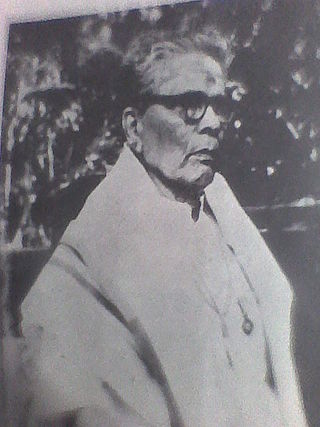
Guru Chenganoor Raman Pillai, also spelt Chengannur Raman Pillai (1886–1980), was a celebrated Kathakali artist from Kerala in south India. He was known for his brilliant portrayal of the anti-heroic Kathi roles on stage, and was the head of palace kathakali yogam to the Travancore Maharaja in a career spanning almost 65 years.

Kunnathur Kesavan Raman Pillai, also known as Raja Kesavadas was the Dewan of Travancore during the reign of Dharma Raja Karthika Thirunal Rama Varma. He is well known for his military tactics and administrative acumen. He was the mastermind in developing the Alappuzha town.

Ayilyam Thirunal Rama Varma (1832–1880) was the ruler of the princely state of Travancore in India from 1860 to 1880. His reign was highly successful with Travancore gaining the appellation of "model state of India". Ayilyam Thirunal was the nephew of Uthram Thirunal and Swathi Thirunal and grandson of Gowri Lakshmi Bayi.
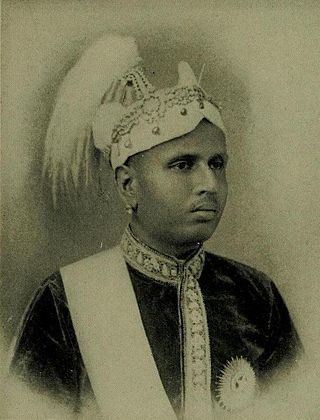
Sir Moolam Thirunal Rama Varma (1857–1924) was Maharajah of the princely state of Travancore between 1885 and 1924, succeeding his uncle Maharajah Visakham Thirunal (1880–1885).

Cannankara Velayudhan Raman Pillai, also known as C. V., was one of the major Indian novelists and playwrights and a pioneering playwright and novelist of Malayalam literature. He was known for his historical novels such as Marthandavarma, Dharmaraja and Ramaraja Bahadur; the last mentioned considered by many as one of the greatest novels written in Malayalam.

Maharani Ayilyom Thirunal Gouri Lakshmi Bayi (1791–1815) was the Maharani of the Indian state of Travancore from 1810 till 1813 and Regent from 1813 till her death in 1815 for her son Swathi Thirunal Rama Varma. She was the only Queen of Travancore to have reigned in her own right which she did for two years before becoming a regent.

Uthrittathi Thirunal Gowri Parvathi Bayi (1802–1853) was the Regent of the Indian state of Travancore in 1815-1829. She succeeded her sister Maharani Gowri Lakshmi Bayi, till her regency was relinquished in favour of her nephew, Maharajah Swathi Thirunal.
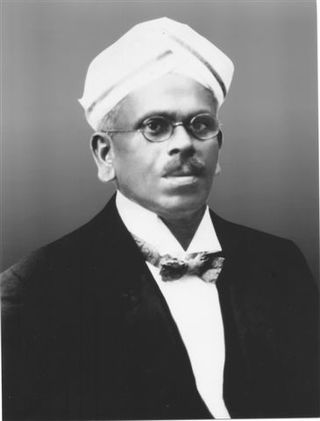
Ayyappan Pillai Raman Pillai, also known as A. Raman Pillai or A. R. Pillai, was an Indian expatriate who worked for India's freedom in Germany, journalist, writer and a book publisher in Göttingen in Germany.
Odiery Jayanthan Sankaran Nampoothiri was an 18th-century Dalawa of the Travancore, a former Indian kingdom.

Akkamma Cherian was an Indian independence activist from Travancore (Kerala), India. She was popularly known as the Jhansi Rani of Travancore.
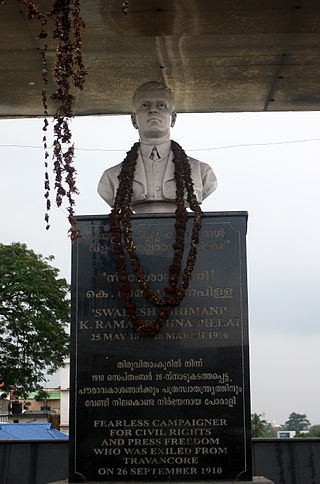
K. Ramakrishna Pillai (1878–1916) was an Indian nationalist writer, journalist, editor, and political activist. He edited Swadeshabhimani, the newspaper which became a potent weapon against the rule of the British and the erstwhile princely state of Travancore and a tool for social transformation. His criticism of the Diwan of Travancore, P. Rajagopalachari and the Maharajah led to the eventual confiscation of the newspaper. Ramakrishna Pillai was arrested and exiled from Travancore in 1910. Vrithantha Pathra Pravarthanam (1912) and Karl Marx (1912) are among his most noted works in Malayalam, Vrithantha Pathra pravarthanam being the first book on journalism in Malayalam and Karl Marx, the first ever biography of Karl Marx in any Indian language. But it has been alleged that he plagiarized the biography from an essay, Karl Marx:A Modern Rishi, by Lala Hardayal, published in 1912 March issue of the Modern Review, published from Kolkata.
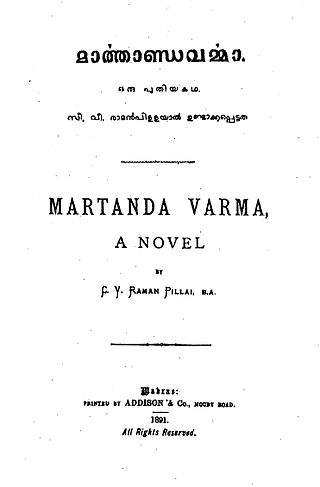
Marthandavarma is a historical romance novel by C. V. Raman Pillai published in 1891. It recounts the history of Venad (Travancore) during the final period of Rajah Rama Varma’s reign and subsequently to the accession of Marthanda Varma. Set in Kollavarsham 901–906, the story revolves around three protagonists, Ananthapadmanabhan, Subhadra and Mangoikkal Kuruppu, who try to protect the title character from Padmanabhan Thambi and Ettu Veetil Pillamar who plan to oust him from the throne of Travancore. The novel utilizes rich allusions to the Indian subcontinent and Western, historical, cultural and literary traditions.

Colonel Neelakantan Jayachandran Nair, AC, KC (popularly known as "NJ") was a highly decorated officer of the Indian Army. On 20 December 1993, while heading an advance party of the battalion, his convoy was ambushed by Naga rebels. Nair personally led the attack to break the ambush and sacrificed his life defending his men. For this act of valour, he was conferred the Ashoka Chakra.

Pillai, meaning Prince, is a title of nobility which can either refer to a ruling chief, members of the nobility, or junior princes of the royal family historically ranked immediately below the king. The oldest lineages of Pillais include not only Kshatriyas but also brahmins who took up the sword. From the early modern period, the title also came to be bestowed upon Savarna subjects by the King of Travancore for services military or political, most of whom were of Nair origin.
Pazhaya Sreekanteswaram Temple or Old Sreekanteswaram Temple, located at Puthenchantha in Thiruvananthapuram, is one of the ancient Shiva temples in Kerala. According to the renowned historian Elamkulam Kunjan Pillai, this temple existed even in the 9th century AD. This temple is the original abode of the Lord of new Sreekanteswaram Mahadeva Temple. The new temple is situated just outside the "North Fort" in Thiruvananthapuram. As noted by Dr. M. G. Sasibhooshan, the old temple was on the route taken by the King of Travancore and his retinue in connection with the Pallivetta of the Sri Padmanabhaswamy Temple.
Parappanad was a former feudal city-state in Malabar, India. The headquarters of Parappanad Royal family was at the town Parappanangadi in present-day Malappuram district. In 1425, the country divided into Northern Parappanad and Southern Parappanad. Southern Parappanad included parts of Tirurangadi Taluk and the town Parappanangadi. Northern Parappanad included Panniyankara, Beypore, and Cheruvannur of Kozhikkode Taluk. Parappanad royal family is a cousin dynasty of the Travancore royal family.

Neerazhi Palace was the royal palace of the Thekkumkur kingdom. Palace is located at Puzhavathu in Changanassery. The palace was used by the Thekkumkur dynasty until 1750 and later by the Parappanad dynasty who settled in Changanassery from North Malabar. It was here that the last king of Thekkumkur, Aditya Varman Manikandan escaped to Nattassery of Kottayam in the Travancore invasion of 1790. The Neerazhi palace was earlier known as Neerazhikettu.














